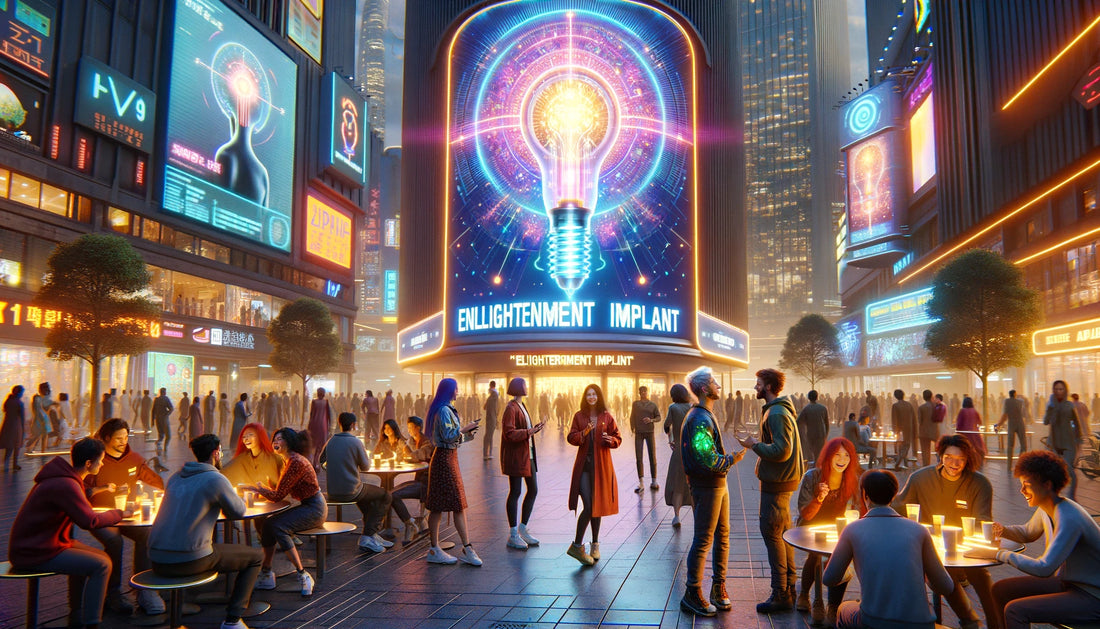In a not-so-distant future, the pinnacle of technological advancement was reached with the creation of the "Enlightenment Implant." This tiny device, implanted directly into the brain, promised instant knowledge acquisition. Mathematics, literature, history, and sciences could be learned in moments, a dream turned reality. However, this revolutionary leap came with a steep price tag, rendering it accessible only to the affluent echelons of society.
As the rich plugged into a world of instantaneous knowledge, educational institutions, the great equalizers of knowledge, began to crumble. Libraries, once treasured as bastions of learning, stood deserted, their once-valued contents deemed obsolete. The divide between the socioeconomic classes widened, not just in terms of wealth but also in access to information. Knowledge, the most powerful currency, was now monopolized by the wealthy.
This new era saw the emergence of two distinct classes: the "Enlightened" - those with the implant, and the "Traditionals" - those who relied on conventional education methods. The Enlightened, with their vast, instant knowledge, quickly dominated leadership positions across all sectors, their decisions shaping the future of humanity. However, their rule was not without its challenges.
Despite their access to information, the Enlightened soon discovered a critical flaw in their rapid learning process. The knowledge acquired through the implant lacked depth and understanding. It was one thing to know the facts, but another to understand them, to weave them into the fabric of one's cognitive processes. The Traditionals, though slower in acquiring knowledge, excelled in critical thinking, problem-solving, and creativity - skills that the implant could not bestow.
A stark realization dawned upon society: the brain, much like a muscle, required exercise. The act of learning, the struggle, and the challenge of understanding were crucial in developing a well-rounded intellect. The world had underestimated the value of the journey towards knowledge, focusing instead on the destination.
A movement began, bridging the gap between the two classes. Hybrid educational programs were developed, combining traditional learning methods with the implant's capabilities. The aim was to cultivate not just knowledge, but wisdom and understanding. The Enlightened learned to appreciate the beauty of the learning process, while the Traditionals gained access to the implant through scholarships and funding programs, making the technology more accessible.
This new approach to education fostered a society where knowledge was once again democratized, and where the depth of understanding was valued over the mere accumulation of facts. The future, once threatened by division and inequality, now looked towards a horizon where technology and traditional values coexisted, ensuring that humanity's quest for knowledge remained an inclusive, enriching journey for all.
As the world adapted, it became evident that true enlightenment was not in knowing everything instantly but in the shared human experience of discovery, learning, and understanding. The Enlightenment Implant, once a symbol of division, became a tool for unity, blending the old with the new, leading humanity into a future where knowledge was boundless and equally accessible to all.
G.R. & ChatGPT

